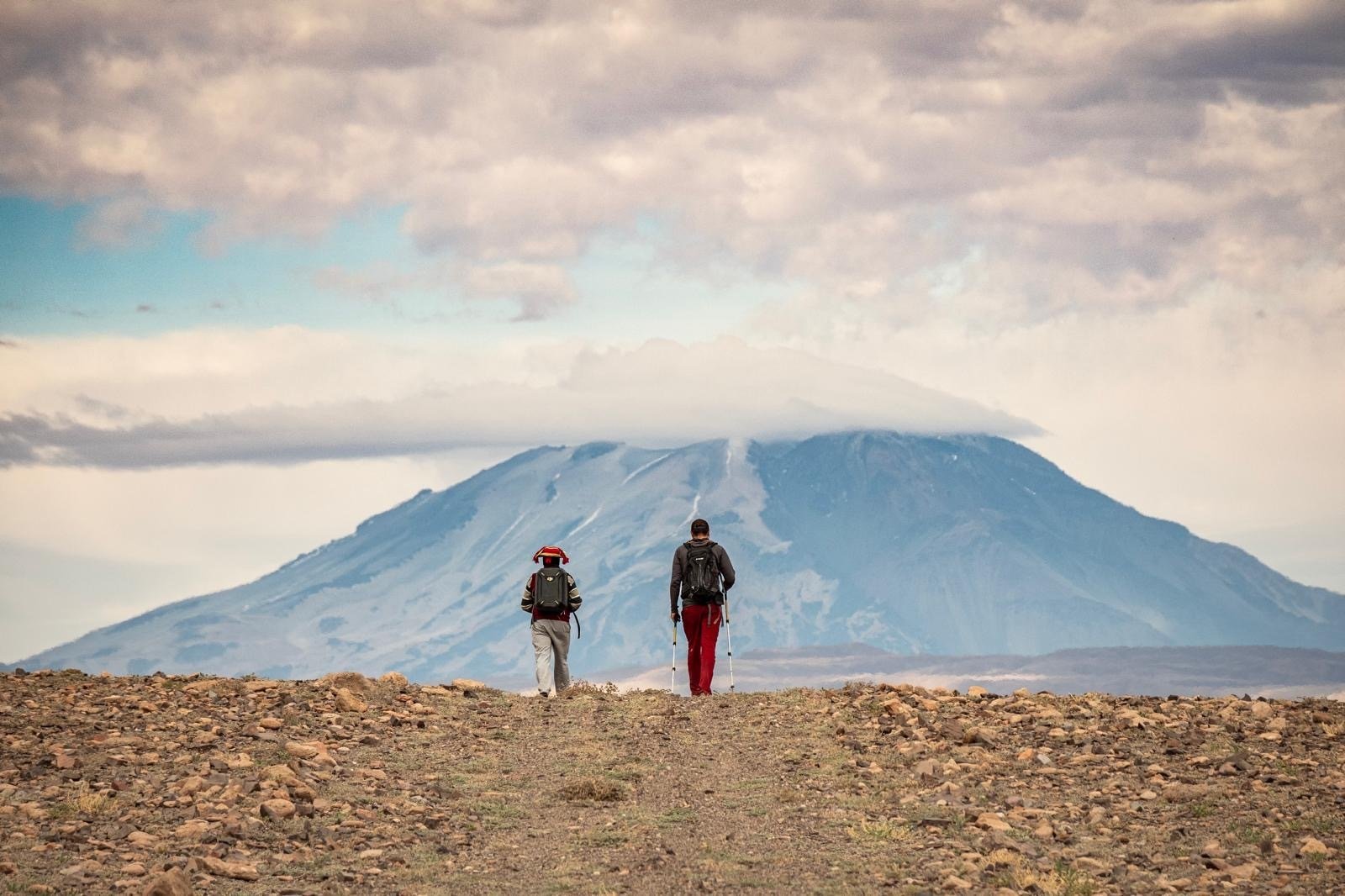Qhapaq Ñan in Chile: A Living Ancient Route in the Desert
The Qhapaq Ñan, or Great Inca Road, is one of the most ambitious engineering feats of the ancient world. Spanning over 30,000 kilometers across six countries, this vast Andean network once connected the Inca Empire from Colombia to central Chile.
While many travelers associate the Inca road with Peru, Chile also preserves key segments of this ancient network-particularly in the high deserts of the north. In Chile, approximately 112 kilometers of connected Inca road segments - encompassing 138 archaeological sites and associated with over nine local Indigenous communities - are recognized as part of the Qhapaq Ñan UNESCO World Heritage Site.
Tropic of Capricorn Cross, where the inscription 'Camino del Inca' (Inca Trail) highlights the historical significance of this ancient route through the desert.
One of the most accessible places to explore the Qhapaq Ñan is from San Pedro de Atacama, where Inca roads still trace desert valleys, mountain passes, and sacred peaks. Sites like Valle de Catarpe, Caspana, and Licancabur volcano offer direct connections to Inca history, along with unforgettable scenery and living Andean traditions. These trails are walkable, explorable, and embedded in curated excursions that blend culture, nature, and archaeology.
Our executive director on the Qhapac Nan Trail in Chile in San Pedro de Atacama area.
Further north, in the region of Arica, QN Travel Chile recently revived a long-dormant train route that mirrors a portion of the Inca trail descending from the Andes to the coast. We took guests by train from Arica to Poconchile, marking the first time in over 20 years that this train has carried tourists—and retracing part of a corridor once traveled by Inca messengers and llama caravans.
An aerial view of the Arica to Poconchile train captured during one of our excursions.
At QN Travel, our name—Qhapaq Ñan—reflects our belief that travel should connect people across landscapes, cultures, and centuries. The Qhapaq Ñan is much more than an archaeological trace; it is a living cultural corridor that continues to shape the highlands of Chile today. Whether by foot, vehicle, or train, exploring these ancient paths offers more than a history lesson—it’s a chance to experience a heritage that remains alive through the land and its people. Preserving this legacy requires ongoing collaboration among archaeologists, Indigenous communities, and tourism operators. By recognizing and protecting this network, Chile not only honors a vast past but also invites travelers to witness how these ancient roads still connect people, places, and purposes in the high desert.
Travel Chile Team-Valentine (Quechua diplomat, camp support and shaman) , Rick Greene (QN Travel visitor) , Flavio Paucar (the team cook), Nick Stanziano (Executive Director), Kevin Floerke (Team Photographer), and John Leveirs (Modern day Qhapac Nan Explorer).





